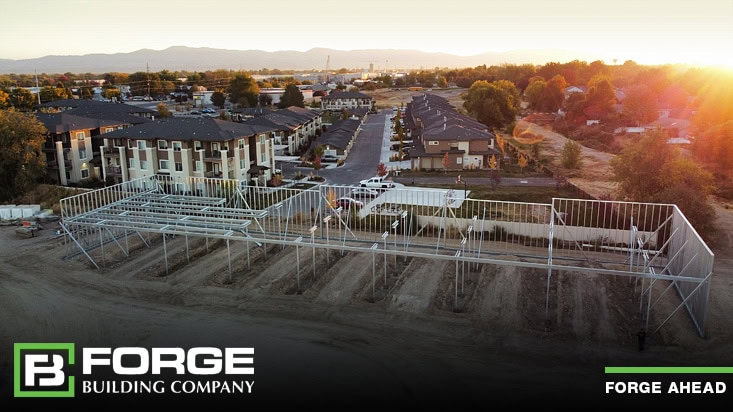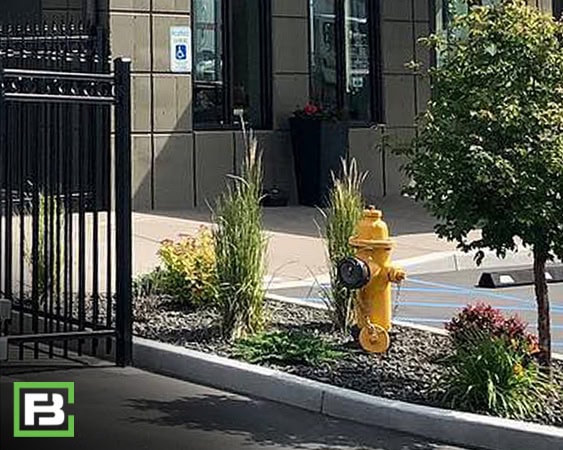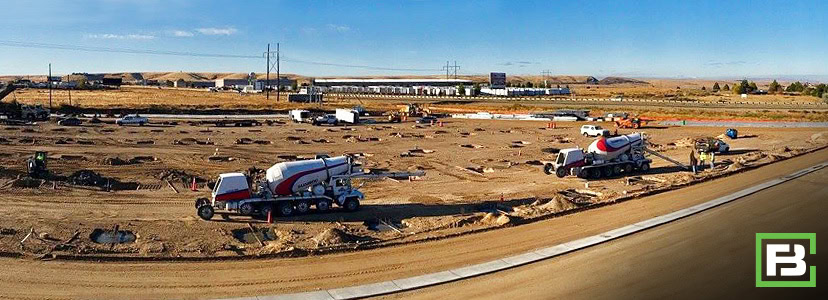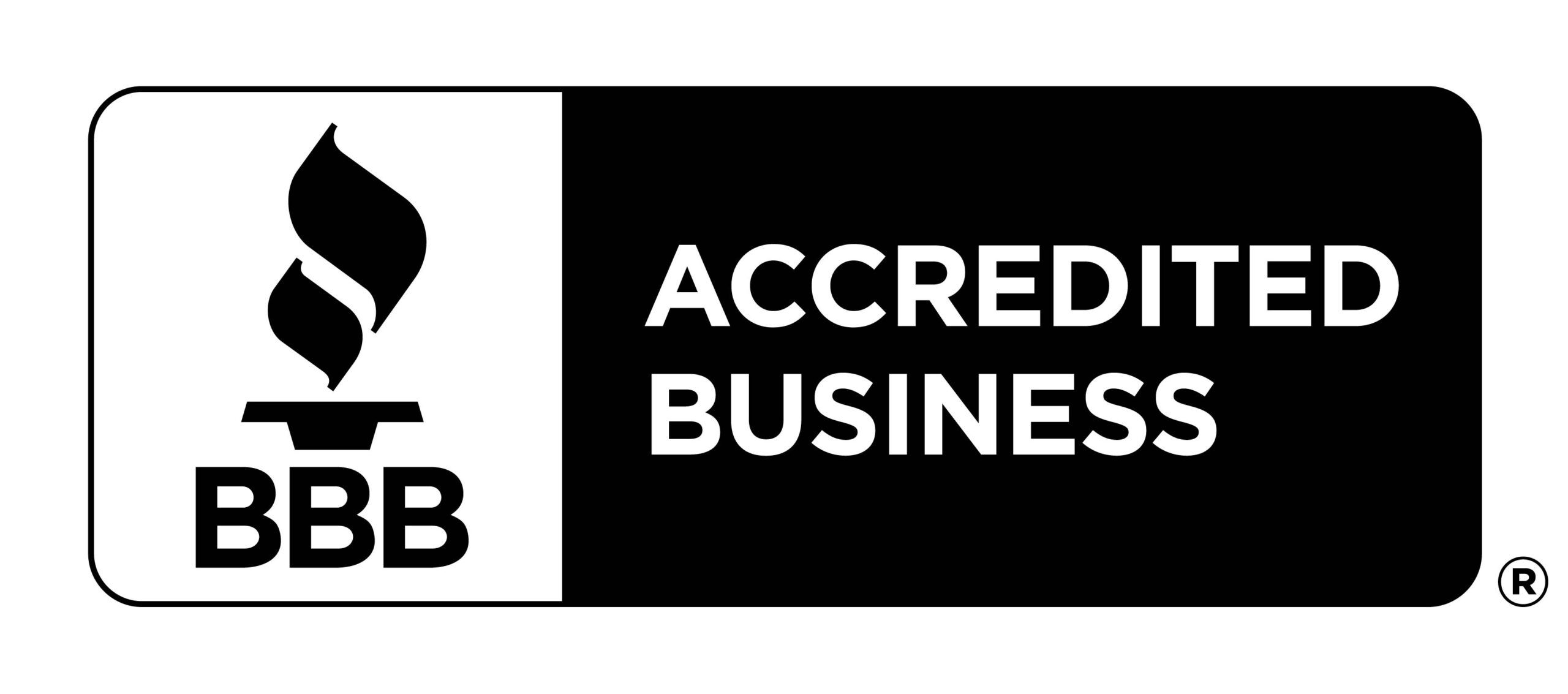Menu

Investing in commercial real estate can be a worthwhile endeavor, but maximizing returns requires strategic decision making, especially when it comes to construction costs. While many people think that location is the most important part, smart investors know that the characteristics and Key Property Traits of a parcel can significantly impact the cost of development, especially when it comes to self storage. Factors such as terrain, utility availability, zoning restrictions, land use, and existing site conditions and planning all play a role in determining the total cost of a project before it is completed. Understanding these factors can make the difference between a cost-effective development and a budget-breaking endeavor.
Investors considering building a self storage facility who looking for ways to reduce costs and avoid overruns need to begin by properly reviewing the land they’re interested in. To make an accurate assessment, it is important to analyze all the details before determining an offer price.
The land itself can drive up construction costs due to bad soil conditions, steep or uneven topography, unusable land (wetlands, floodplains, easements), and other issues.
 Some other factors that can increase construction costs include:
Some other factors that can increase construction costs include:
There are other regulations that a municipality may have in place that limit how much square footage permanent structures can take up on the parcel. That is, you may only be able to build on 40% of the area of the parcel. This could directly impact the rentable square footage you can obtain by developing.

It is important to understand the difference between Zoning and Acceptable Land use for a parcel. Municipalities categorize land in the community based on where it is located, the current use of the land, and what is acceptable to be developed on that parcel. Although there are many similarities in how zoning is done from municipality to municipality, each one will have its own codes and definitions.
A common mistake made amongst new developers is making assumptions that if a parcel has a specific zoning, then self storage will be okay to build on the site. This assumption could be costly. It is imperative to dig deeper and learn what the Acceptable Land Use is for that property.
If the property’s zoning and acceptable land use does not work for self storage, there are a few options. First, the property could be rezoned. This process is not consistent between different municipalities. It is essential to ask what the process is, the cost to apply for rezoning, and how quickly it could be executed. If the property is zoned correctly, but self storage is not an acceptable use of land, then a Conditional Use Permit (CUP) or a Special Use Permit (SUP) may be an option. This is an option that needs to be discussed directly with the Planning and Zoning Department for the municipality.
Ensuring that a property can be developed and used in a specific manner is part of the Entitlement Process. There are those who can be hired to assist in this process; however, this is an additional cost that should be accounted for. Below is a list of experts who can help if any hurdles arise during this process.
Municipalities not only have a say on whether storage can or cannot be developed on property, but they can also have specifications that the building(s) must meet. Some of these requirements will directly increase the cost of development. For instance, the municipality may dictate that there can be no more than 40% of steel paneling on a building. In this situation, it would be required to use other materials such as stucco or masonry products. These other exterior building materials are more expensive than a typical exposed fastened metal panel. There are other times when a municipality may indicate they do not want any buildings to be visible from the road. This would typically require a tall CMU (Concrete Masonry Unit) wall, which in turn will drive up costs.
 Before purchasing land, it is important to consider the environmental regulations in the area. Depending on the location, there may be local, state, and federal regulations that need to be considered. For example, the Clean Air Act requires that any new construction projects must meet certain air quality standards. Additionally, the Clean Water Act requires that any new construction projects meet certain water quality standards.
Before purchasing land, it is important to consider the environmental regulations in the area. Depending on the location, there may be local, state, and federal regulations that need to be considered. For example, the Clean Air Act requires that any new construction projects must meet certain air quality standards. Additionally, the Clean Water Act requires that any new construction projects meet certain water quality standards.
Other considerations to consider when purchasing land for self storage development include:
Selecting the land to develop a self storage facility can be a daunting task. Finding the ideal site can take time and research. An affordable parcel may not be too visible. A visible parcel may not be zoned for a self storage facility. A parcel in an eligible zone may be prone to flooding or be in an odd shape. When selecting land, keeping these fundamental considerations in mind could prevent an investor from costly problems down the line.
Contributing Editor: Melissa Anderson, Forge Building Company
